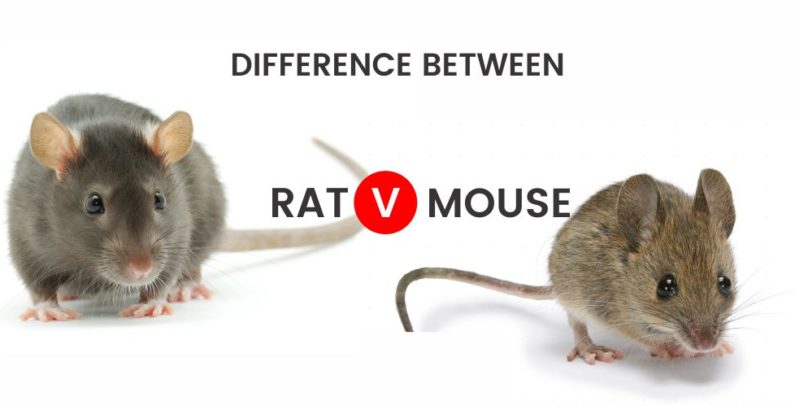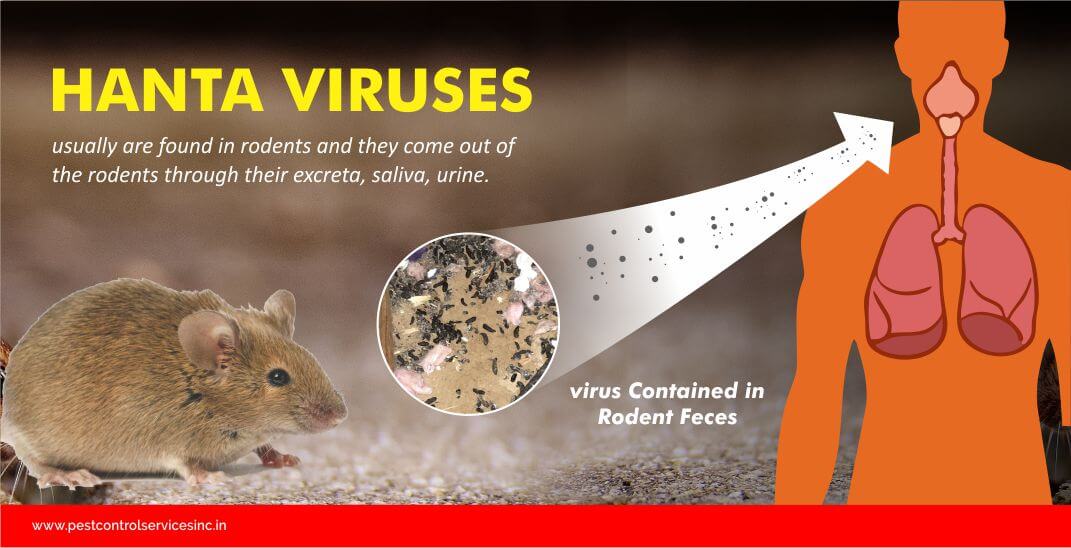Rat and Mouse, same family but different in structure and Character
About Rat-
Rat is used to describe medium-sized rodents with long thin tails. There are many species of rodent that are called rats — kangaroo rats, cotton rats, Norway rats, black rats, African pouched rats, naked mole rats, wood rats, pack rats, Polynesian rats, and many others. These different rodent species may not be closely related to each other at all!
Adult rats are far heavier and longer: they can weigh ten times as much, averaging 350-450 grams for females and 450-650 for males (with an overall range of 200-800 grams). They have 9-11-inch-long bodies and 7-9-inch tails. Young, weaned rats are still larger than adult mice, weighing around 100 grams at six weeks. However, to the casual observer, very young rats and adult mice can be difficult to tell apart. Baby rats will have more juvenile proportions than adult rodents. Their heads and feet will be large relative to their bodies, their faces will be stubby and blunt with wide noses. Rat ears are smaller relative to their heads. Rats also have thicker tails than mice.
About Mouse-
Mouse is used to describe tiny, sparrow-sized rodents with long thin tails. As with rats, there are many species of rodents called mice which may or may not be closely related to each other: house mice, field mice, deer mice, smoky mice, spiny mice, and dormice are all called mice. Adult mice are much smaller than adult rats. Adult mice weigh about 30 grams, and fancy mice tip the scales at about 50 grams. Adult mice have bodies that are 3-4 inches long with 3-4-inch tails.
Adult micewill have adult proportions: a small, triangular head with a small nose and little delicate feet as compared to the body. In addition, mouse ears are very large relative to their heads,
Inter effects in Rats and Mice-
Rat odour is stressful to mice and has an effect on their behaviour and reproduction. In fact, rat odour is sometimes used as a predator odour to study anxiety and antipredator behaviour in mice. Specifically, domestic and wild-stock mice who are exposed to a conscious or anesthetized rat tend to flee, and if prevented from fleeing, they show defensive or attack behaviour.
Mice housed in the same room as rats tend to be more stressed than mice housed without rats. Mice who can smell rat urine take ten times longer to start eating a treat than mice who cannot. Mice who were exposed to rat urine for just a few minutes startle more afterwards, even up to two days after the rat urine exposure. Pregnant mice exposed to rat urine produce fewer litters than mice who were not exposed.



